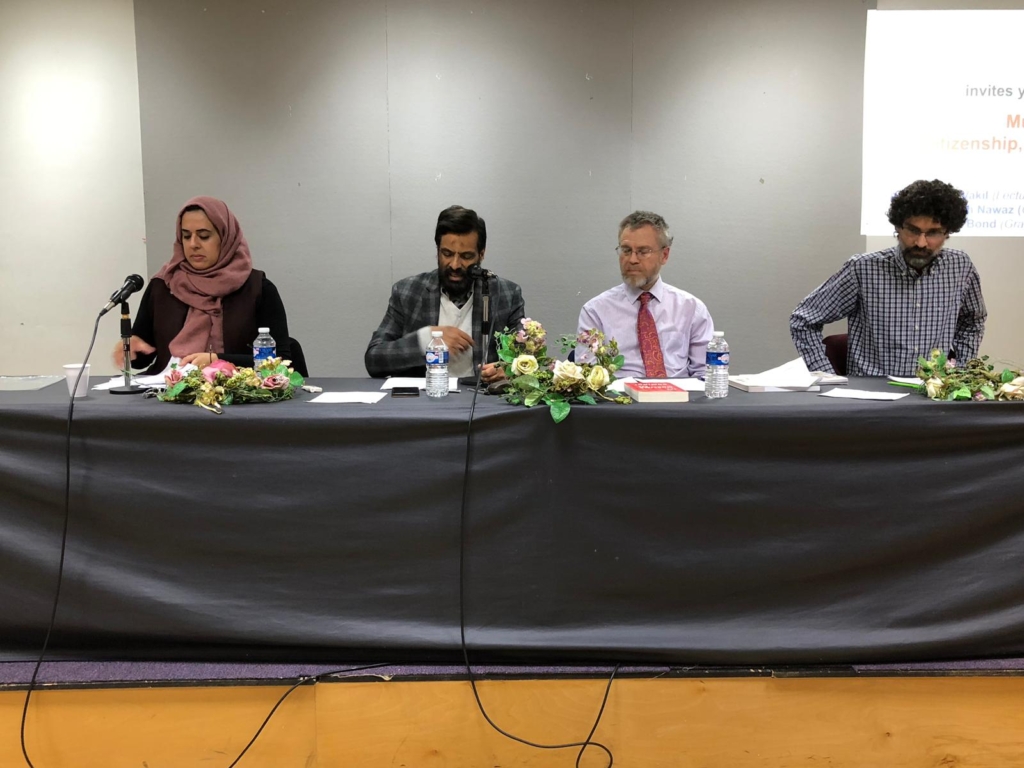According to reports from the Bahrain Center for Human Rights, five men in civilian clothing, who are believed to belong to the security forces, surrounded Humaidan and abducted him. After 19 hours, Humaidan was allowed to call his family for 20 seconds to inform them that he was alive, that he was at the Criminal Investigation Department and was being interrogated without the presence of his lawyer.
Since then, his parents’ house has been invaded at least five times, and other relatives’ houses four times, according to another report from EA Worldview.
The previous day, a DPA photographer Mazen Mahdi was arrested by police while covering a protest. Mazen tweeted:
“The reason for stopping me was not participating in anything but for taking pictures .. Apparently @moi_bahrain thinks cameras weapons!”
Humaidan, who has won several international awards in photojournalism, is believed to have been targeted for his images of Bahraini protesters. But he’s also the latest case in what has become a relentless power struggle between Bahrain’s regime and the country’s opposition.
For the past two years, Bahrain’s Sunni government has been confronted with a series of demonstrations by the majority Shia population, and there have been ongoing clashes between police and protesters as a result. The island nation rang in 2013 with more unrest. Here’s a look at what’s happened in December alone:
– A viral video showed a police officer slapping a man who was holding his toddler son twice when failed to produce the official papers that the officer demanded of him: – Another rights activist was detained for documenting protests in the capital — on Twitter — with the charges claiming he was disseminating “false information.”
– The government stripped 31 opposition members of their nationality for what it said were security reasons, according to RT.
– The Financial Times reported that one village was raided by police more than 300 times, with some houses raided several times a night.
– Bahraini police fired tear gas and stun bombs to break up protests in Shiite-populated villages around the capital, Manama.
Bahrain’s courts do seem to be punishing those responsible for some of the more high-profile instances of brutality, but human rights activists say the sentences aren’t harsh enough.
Following the scandal caused by this video, Bahrain’s Interior Ministry announced it had arrested the police officer and tried him in a military court. Two police officers were also sentenced on Dec. 31 to seven years in prison for beating a Shiite opposition activist to death during last year’s crackdown on protesters.
Still, there’s a sense among police that those documenting the protests are part of a conspiracy. As Mohamed Hassan pointed out in a post for Global Voices, Bahrain’s police chief, Tariq al-Hassan, took to Twitter to suggest that the video evidence of police brutality was somehow faked:
Attempts to defame the ministry of interior and its staff is a part of a fierce war by known and exposed persons and organizations after their previous plans have failed.
They setup ambushes for policemen based on scenarios prepared by media professionals working in known media channels in other countries and then filmed and released when needed
These traitorous fakers publish those scenes and exaggerate them as they are instructed and the way that fits the goals of those countries and theirs
Bahrain residents joined in the 2011 Arab Spring protests, but government troops there cracked down before they were able to topple the regime, with help from neighboring Saudi Arabia and the United Arab Emirates. Protests have been ongoing ever since, flaring up periodically and grabbing headlines whenever a particularly egregious incident takes place (or whenever, you know, Kim Kardashian shows up.)
Incidents like the arrests of photographers over the past few weeks show just how tense the atmosphere there still is, as not even those covering the demonstrations are safe.




